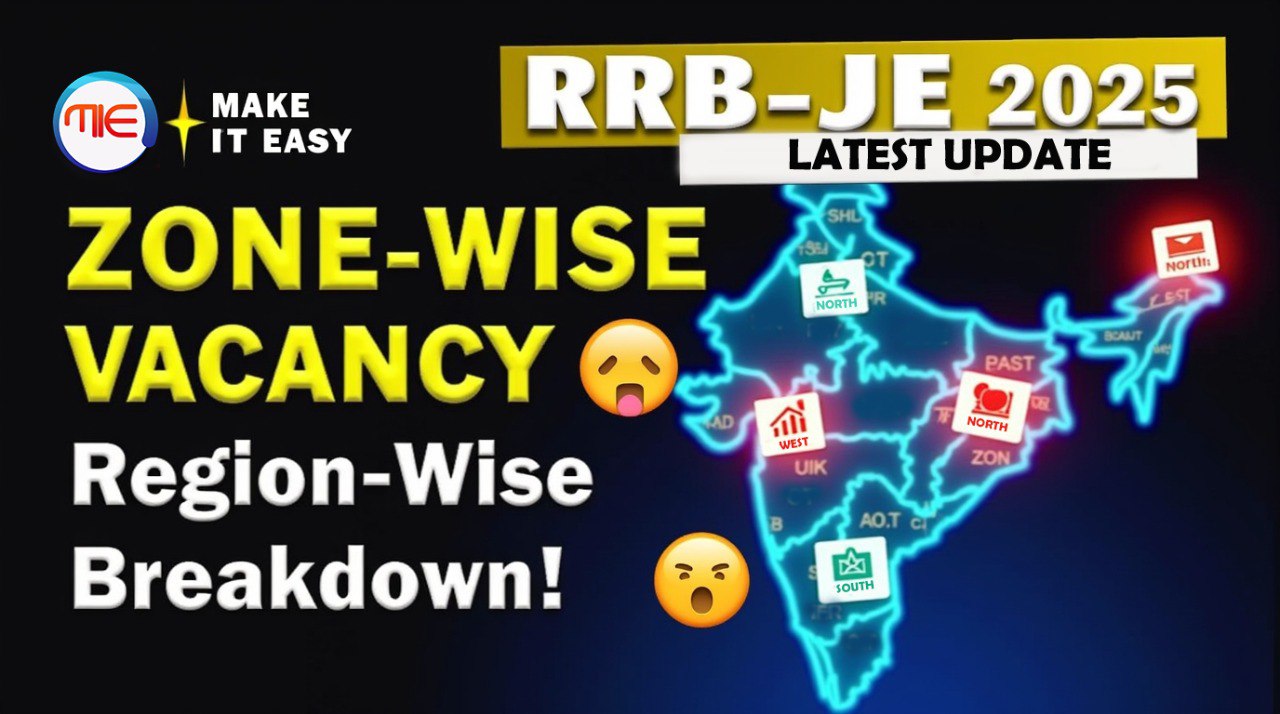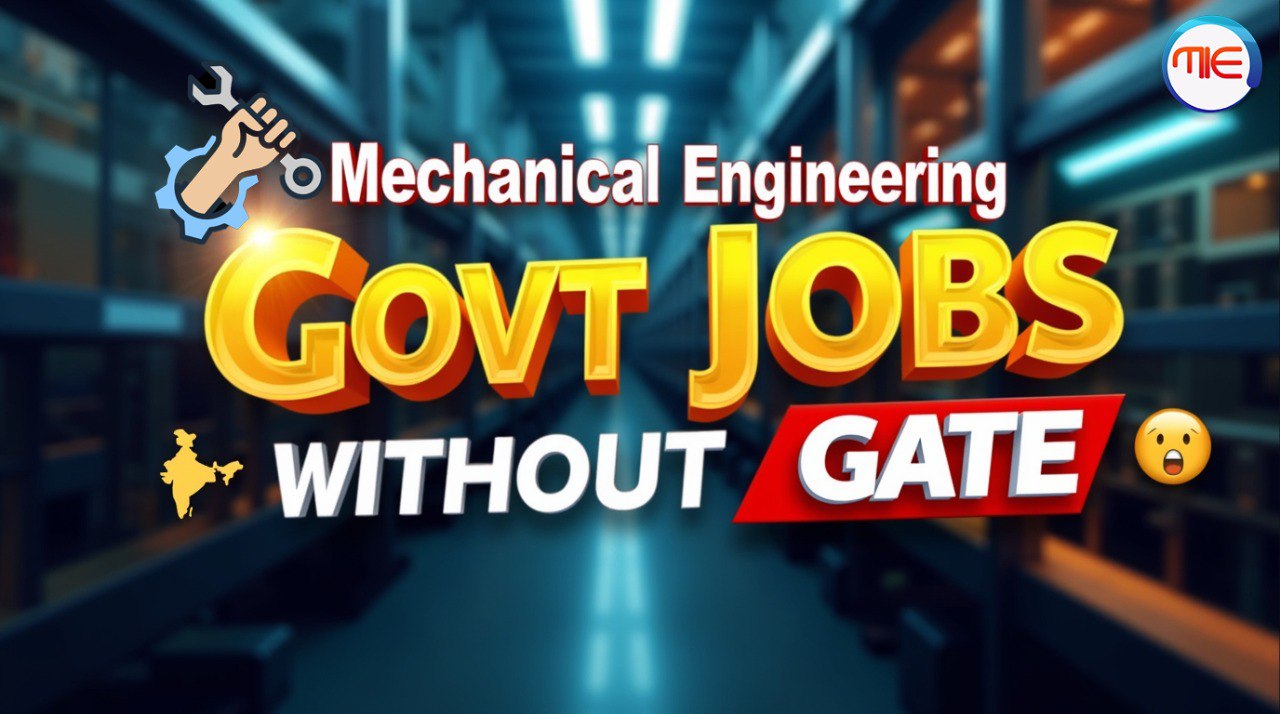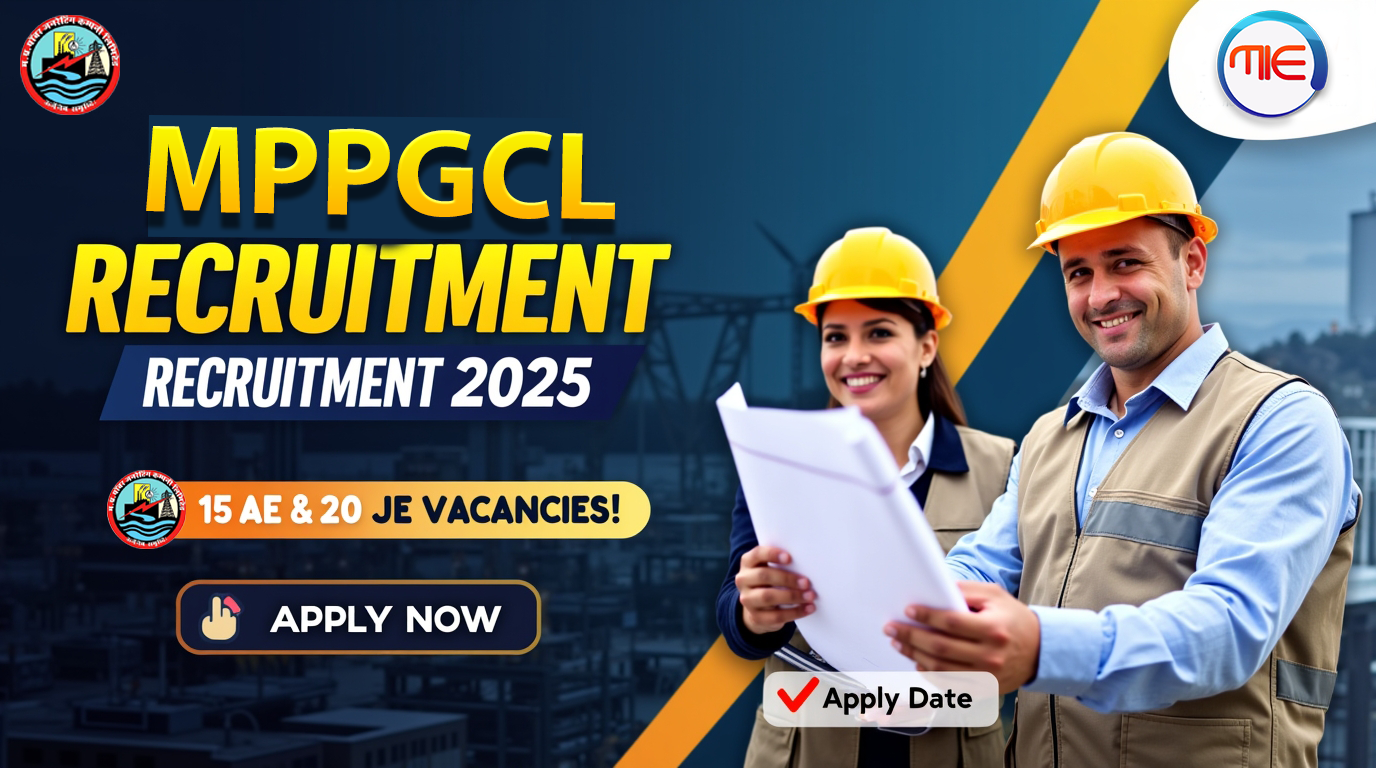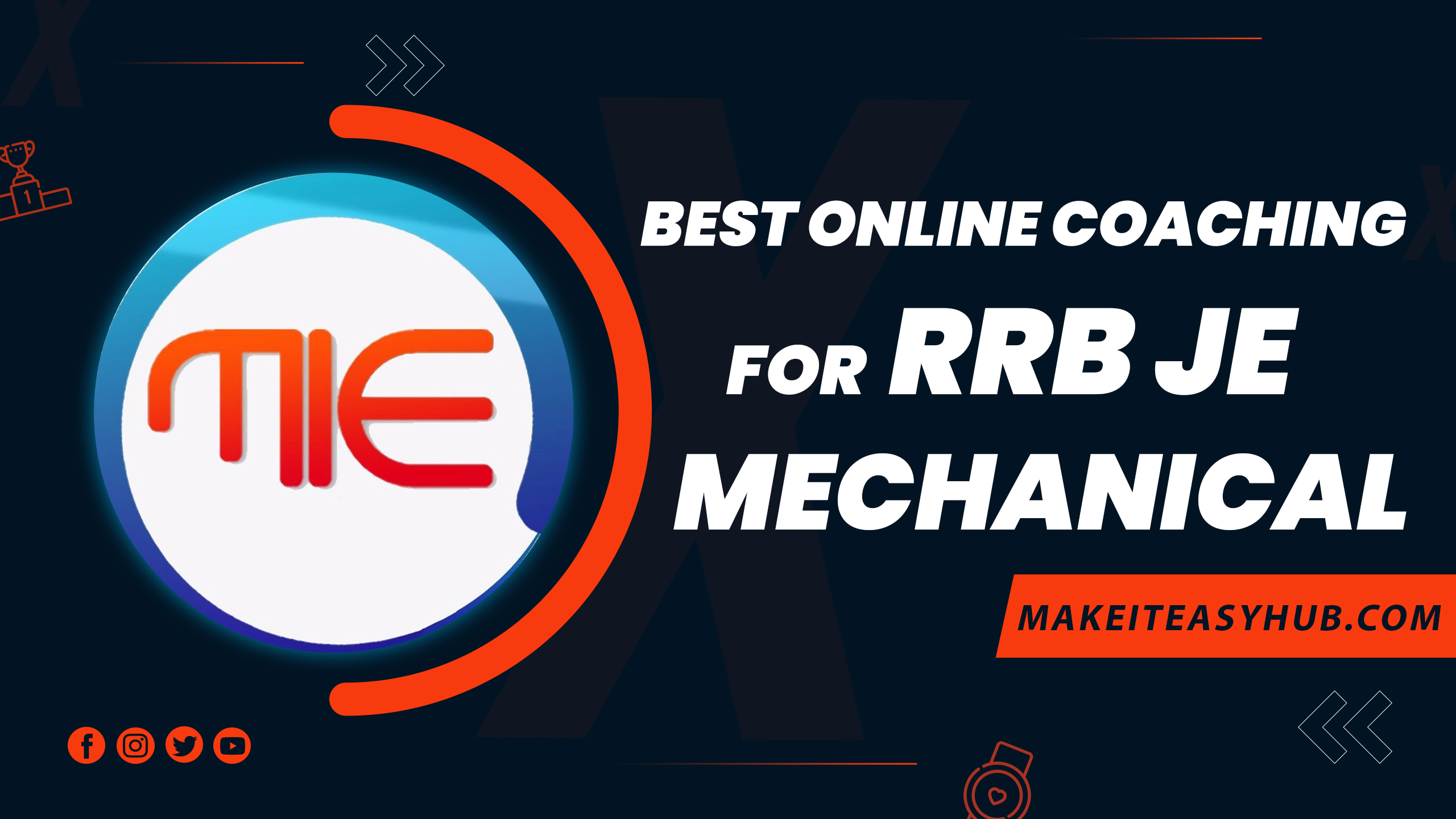1. Engineering Mechanics: Resolution of forces, Equilibrium and Equilibrant,
parallelogram law of forces, triangle law of forces, polygon law of forces and Lami’s
theorem, couple and moment of a couple, condition for equilibrium of rigid body
subjected to number of coplanar non-concurrent forces, definition of static friction,
dynamic friction, derivation of limiting angle of friction and angle of repose, resolution
of forces considering friction when a body moves on horizontal plane and inclined
plane, calculation of moment of inertia and radius of gyration of: (a) I-Section (b)
channel section (c) T-Section (d) L-Section (Equal & unequal lengths) (e) Z-Section (f)
Built up sections (simple cases only), Newton’s laws of motion (without derivation),
motion of projectile, D’Alembert’s principle, definition law of conservation of energy,
law of conservation of momentum.
2. Material Science: Mechanical properties of engineering materials – tensile strength,
compressive strength, ductility, malleability, hardness, toughness, brittleness, impact
strength, fatigue, creep resistance.
3. Classification of steels, mild steel and alloy steels: Importance of heat treatment. Heat treatment processes – annealing, normalizing, hardening, tempering, carburizing,
nitriding and cyaniding.
4. Strength of Materials: Stress, strain, stress strain diagram, factor of safety, thermal stresses, strain energy, proof resilience and modules of resilience. Shear force and bending moment diagram – cant leaver beam, simply supported beam, continuous beam, fixed beam. Torsion in shafts and springs, thin cylinder shells.signature, functions of tool angles. General and special operations – (Turning, facing, taper turning thread cutting, knurling, forming, drilling, boring, reaming, key way cutting), cutting fluids, coolants and lubricants. Introduction to shaper, slotter, plainer, broaching, milling and manufacture of gears, heat treatment process applied to gears.
5. Welding – Introduction, classification of welding processes, advantages and limitations of welding, principles of arc welding, arc welding equipment, choice of electrodes for different metals, principle of gas (oxy-acetylene) welding, equipment of gas welding, welding procedures (arc & gas), soldering and brazing techniques, types and applications of solders and fluxes, various flame cutting processes, advantages and limitations of flame cutting, defects in welding, testing and inspection modern welding methods, (submerged, CO2, atomic – hydrogen, ultrasonic welding), brief description of MIG & TIG welding.
6. Grinding & Finishing Process: Principles of metal removal by grinding, abrasives, natural and artificial, bonds and binding processes, vitrified, silicate, shellac rubber, grinding machines, classification: cylindrical, surface, tool & cutter grinding machine, construction details, relative merits, principles of centreless grinding, advantages & limitations of centreless grinding work, holding devices, wheel maintenance, balancing of wheels, coolants used, finishing by grinding, honing, lapping, super finishing, electroplating, basic principles – plating metals, applications, hot dipping, galvanizing
tin coating, parkerising, anodizing, metal spraying, wire process, powder process and applications, organic coatings, oil base paint, lacquer base enamels, bituminous paints, rubber base coating.
7. Metrology: Linear measurement – Slip gauges and dial indicators, angle measurements, bevel protractor, sine bar, angle slip gauges, comparators (a) mechanical (b) electrical (c) optical (d) pneumatic. Measurement of surface roughness;
methods of measurements by comparison, tracer instruments and by interferometry, collimators, measuring microscope, interferometer, inspection of machine parts using the concepts of shadow projection and profile projection.
8. Fluid Mechanics & Hydraulic Machinery: Properties of fluid, density, specific weight, specific gravity, viscosity, surface tension, compressibility capillarity, Pascal’s law, measurement of pressures, concept of buoyancy. discharge, Bernoulli’s equation and assumptions, venturi meters, pitot-tube, current meters.
9. Working principle & constructional details of centrifugal pump, efficiencies – manometric efficiency, volumetric efficiency, mechanical efficiency and overall efficiency, cavitation and its effect, working principle of jet & submersible pumps with line diagrams.
10. Industrial Management: Job analysis, motivation, different theories, satisfaction, performance reward systems, production, planning and control, relation with other departments, routing, scheduling, dispatching, PERT and CPM, simple problems. Materials in industry, inventory control model, ABC Analysis, Safety stock, re-order, level, economic ordering quantity, break even analysis, stores layout, stores equipment, stores records, purchasing procedures, purchase records, Bin card, Cardex, Material handling, Manual lifting, hoist, cranes, conveyors, trucks, fork trucks.
11. Thermal Engineering: Laws of thermo dynamics, conversion of heat into work vice versa, laws of perfect gases, thermo dynamic processes – isochoric, isobaric, isothermal hyperbolic, isentropic, polytrophic and throttling, modes of heat transfer, thermal conductivity, convective heat transfer coefficient, Stefan Boltzmann law by radiation
and overall heat transfer coefficient.
12. Air standards cycles: Carnot cycle, Otto cycle, Diesel cycle, construction and workingof internal combustion engines, comparison of diesel engine and petrol engine. Systems of internal combustion engine, performance of internal combustion engines. Air compressors their cycles refrigeration cycles, principle of a refrigeration plant.
To prepare for RRB JE CBT 2, aspirants should try to cover the technical part as it covers the
maximum weightage. The technical syllabus for various streams is provided in the further
sections of this blog post. Aspirants should note that they don’t need to go very deep in the
technical syllabus, unlike GATE or ESE. Since the RRB JE is a junior engineer level exam, aspirants should cover all the basics as well as theory and some formula-based numerical. Aspirants can also opt for the MADE EASY RRB JE course. The candidate should prepare a balanced study plan in which the non-technical part also gets enough time along with the technical syllabus. Subjects like physics and chemistry, basics of environment and pollution control, basic computer and applications, etc., are easy to score good marks in. Therefore, aspirants should try to score maximum marks in these subjects. Aspirants should also try to attempt a mock test to check their preparation level. Merely attempting a mock test just for the sake of marks is not enough; aspirants should also check their mistakes and note them in a register so that they won’t be repeated in the exam. Solving the previous year’s paper would be very helpful for the aspirants, as this would give them an idea about the level and type of questions that are being asked in RRB JE CBT 2. Along with regular studies, aspirants should take care of their health. Aspirants should stay consistent with their studies and keep their focus only on RRB JE CBT
For more detail about preparation strategy aspirants should click here.

Makeiteasy



 (1).png)

.png)




Leave a Comment